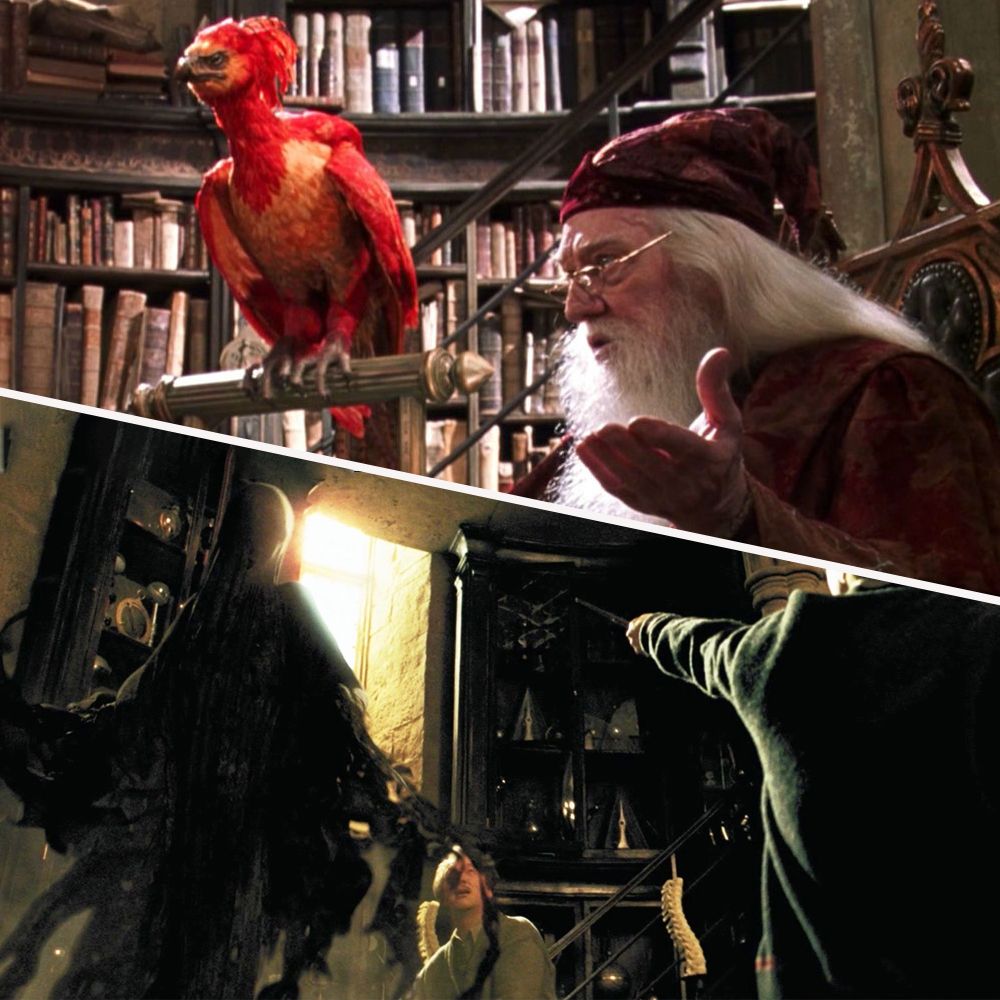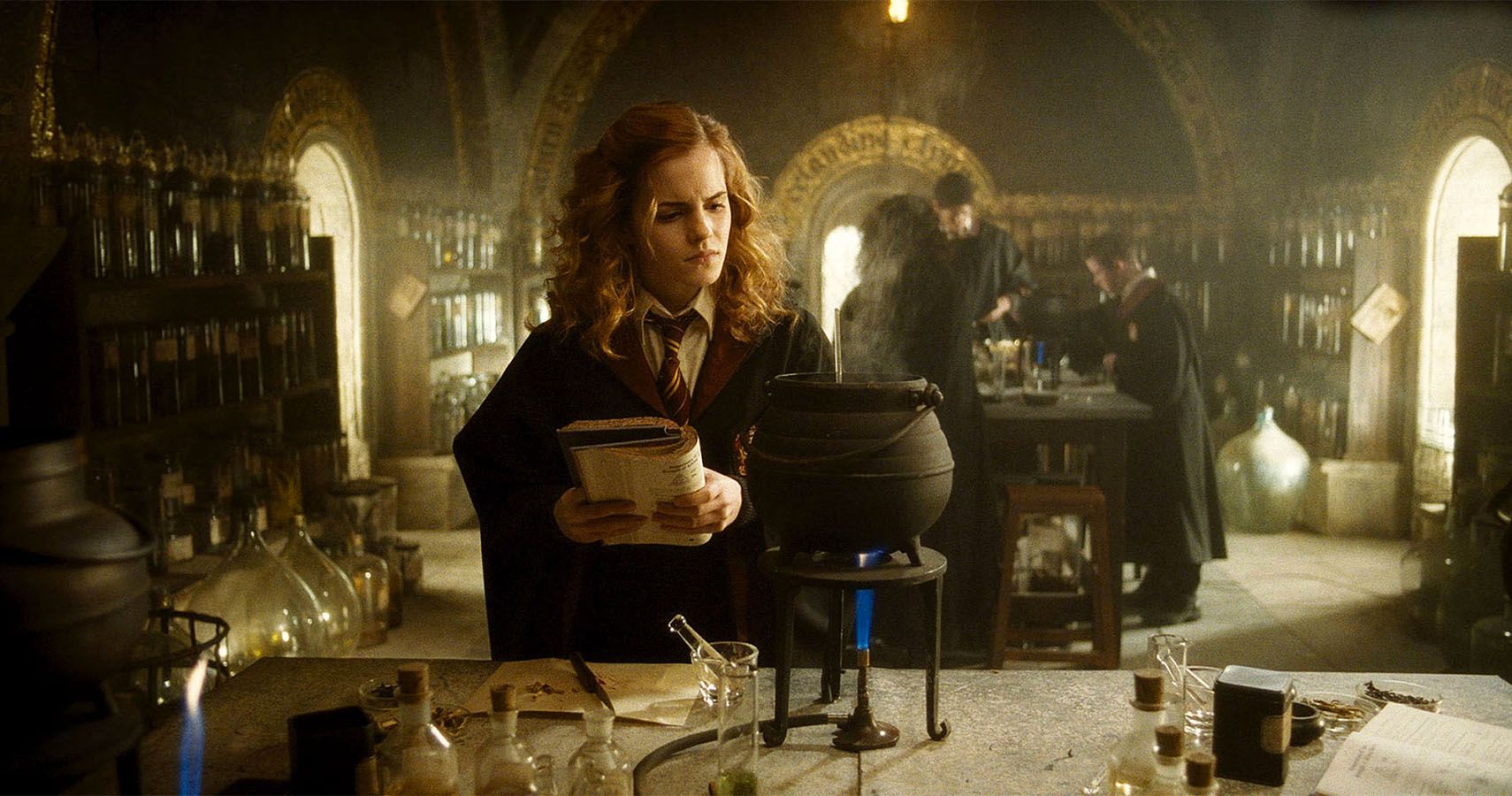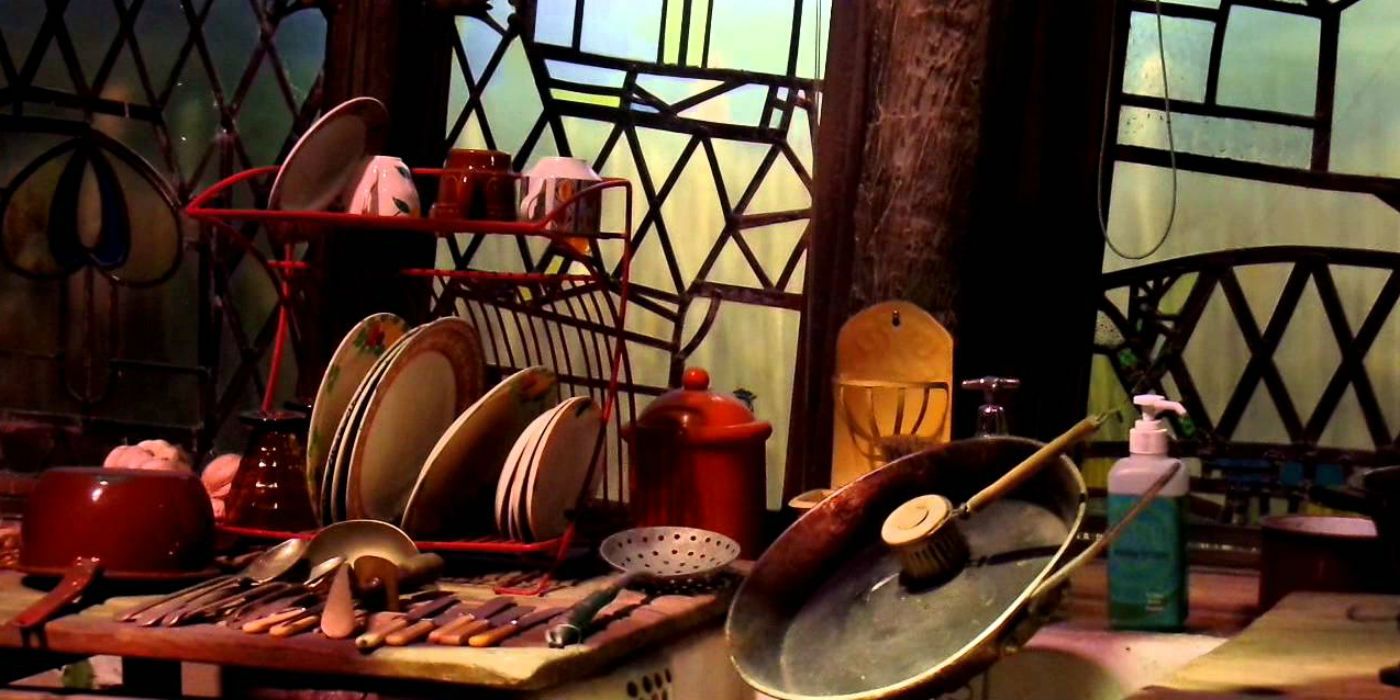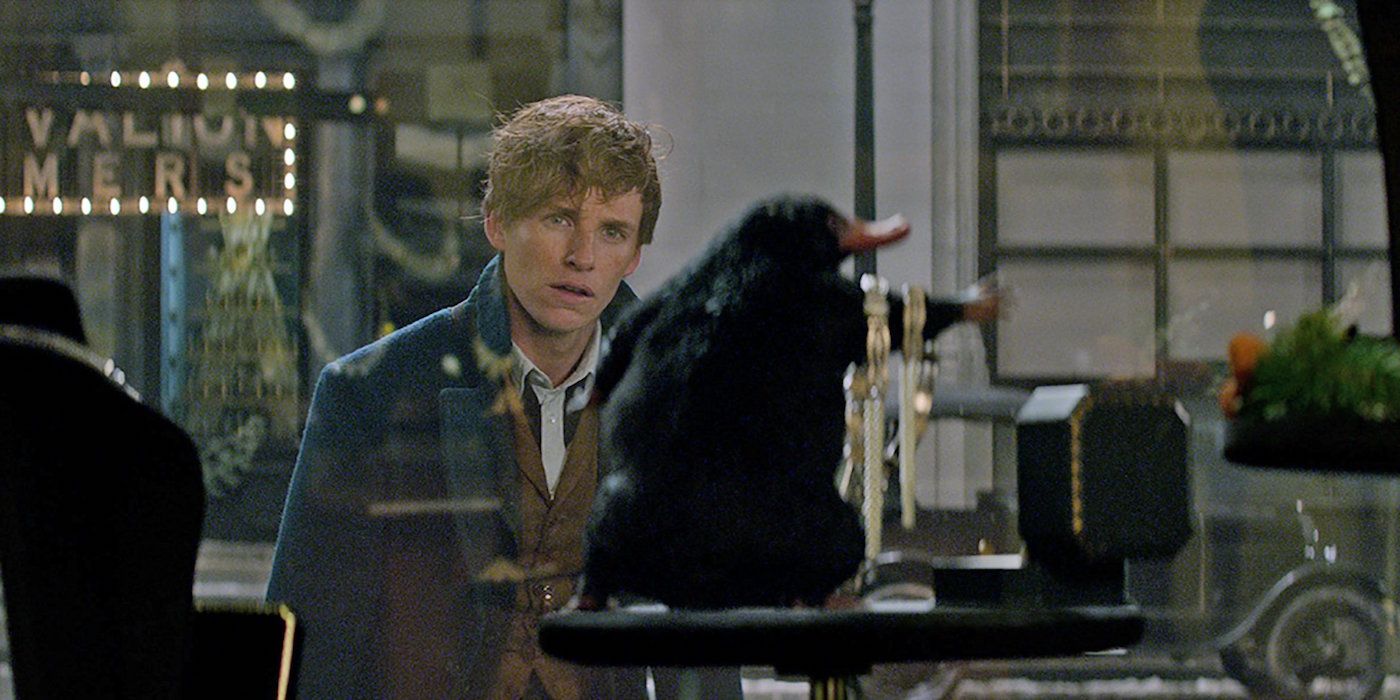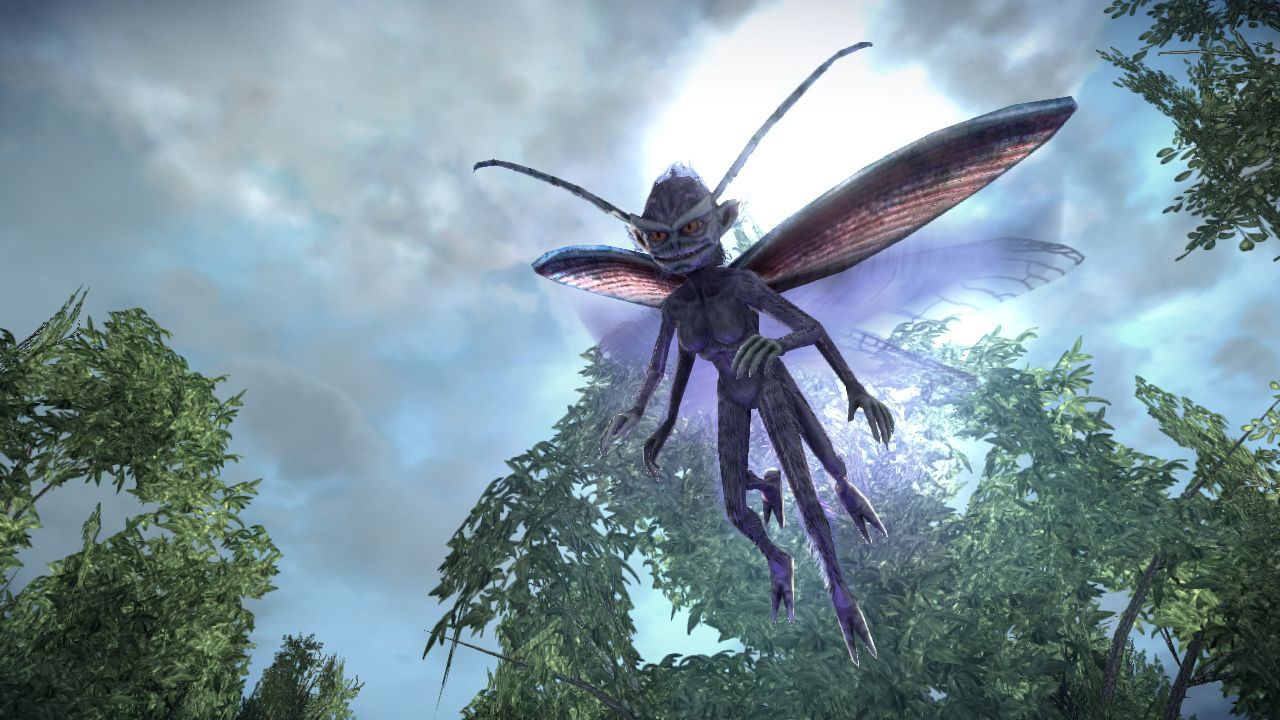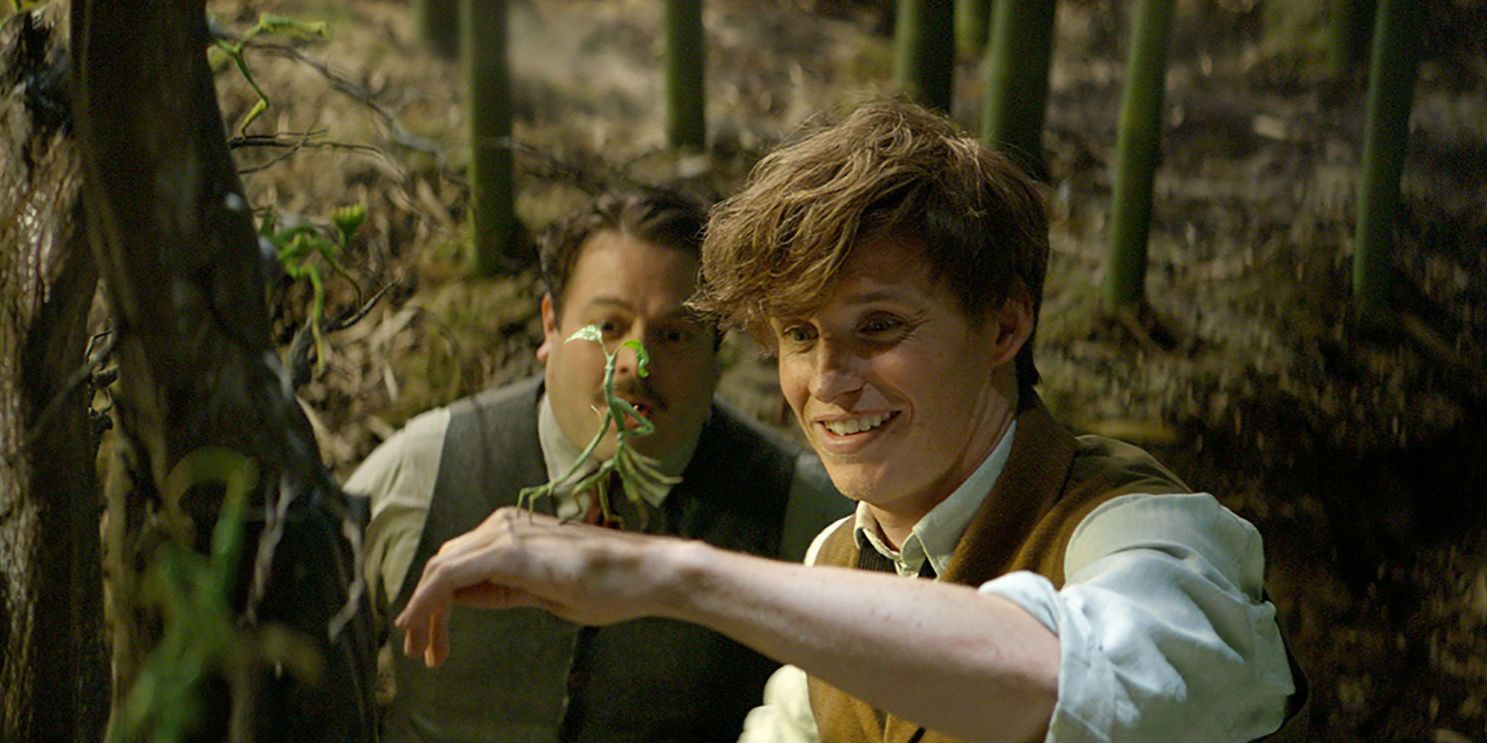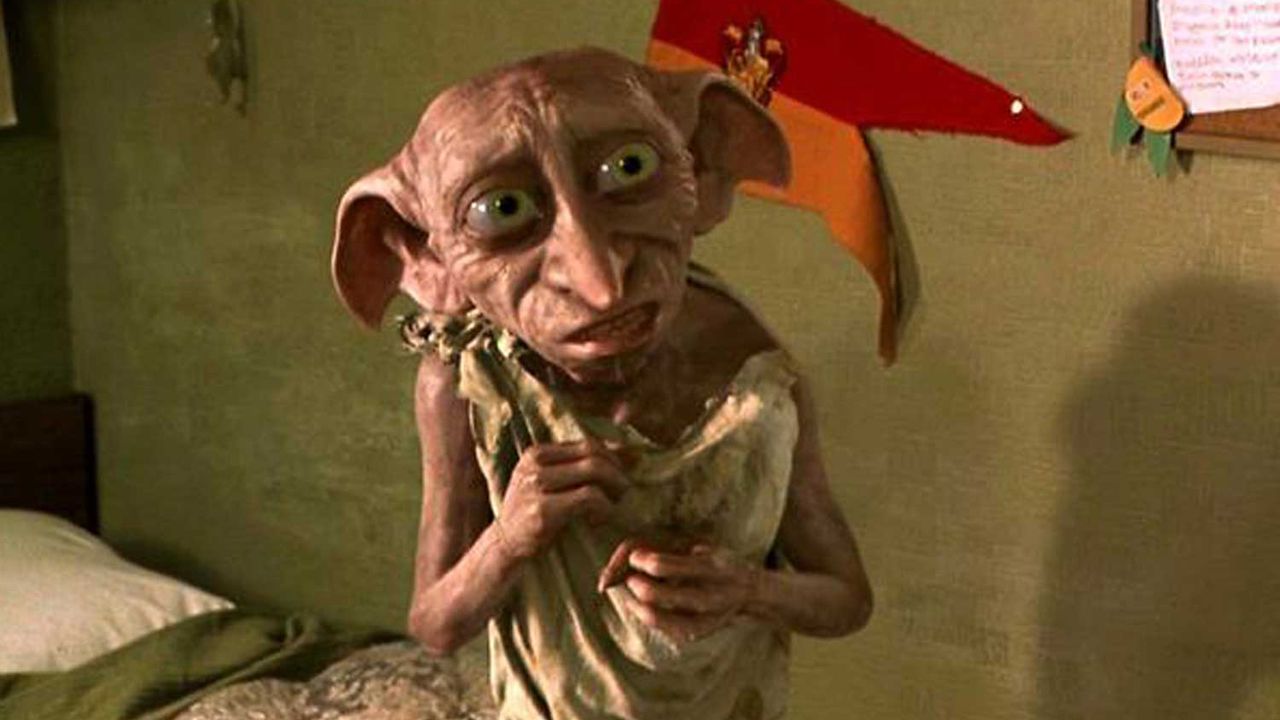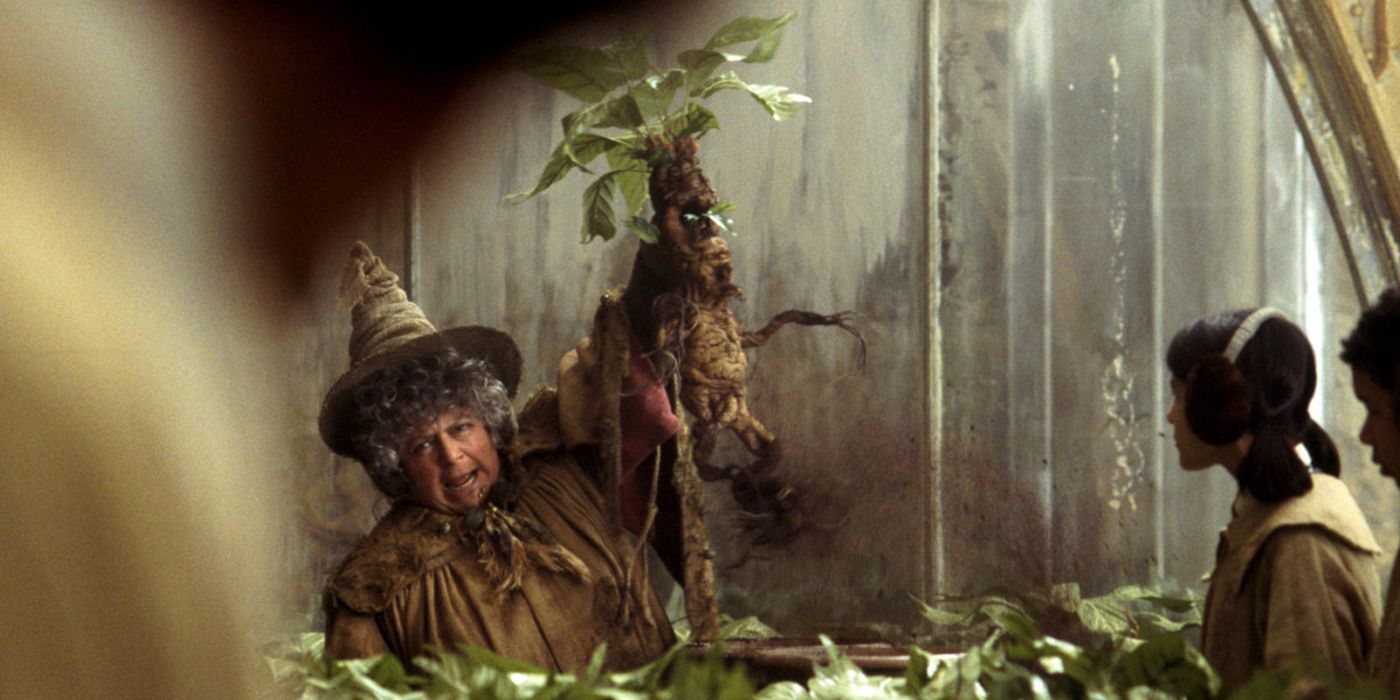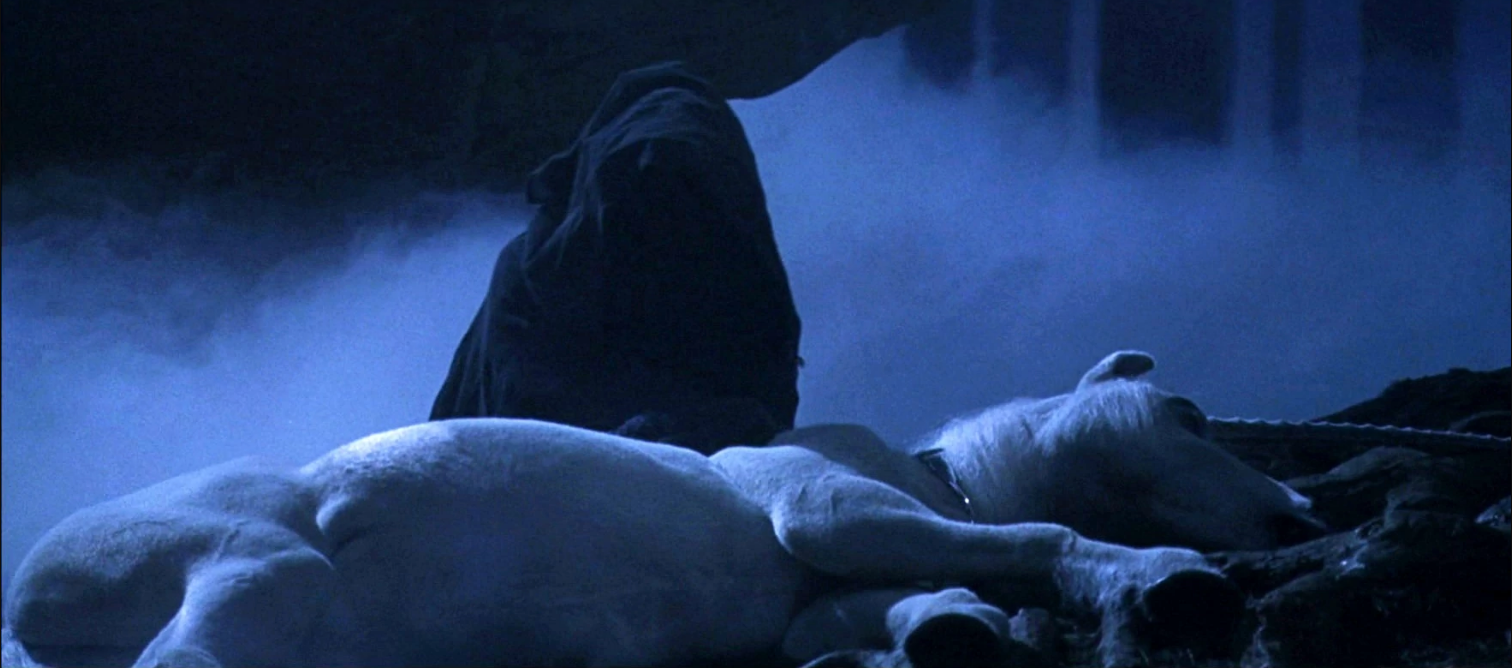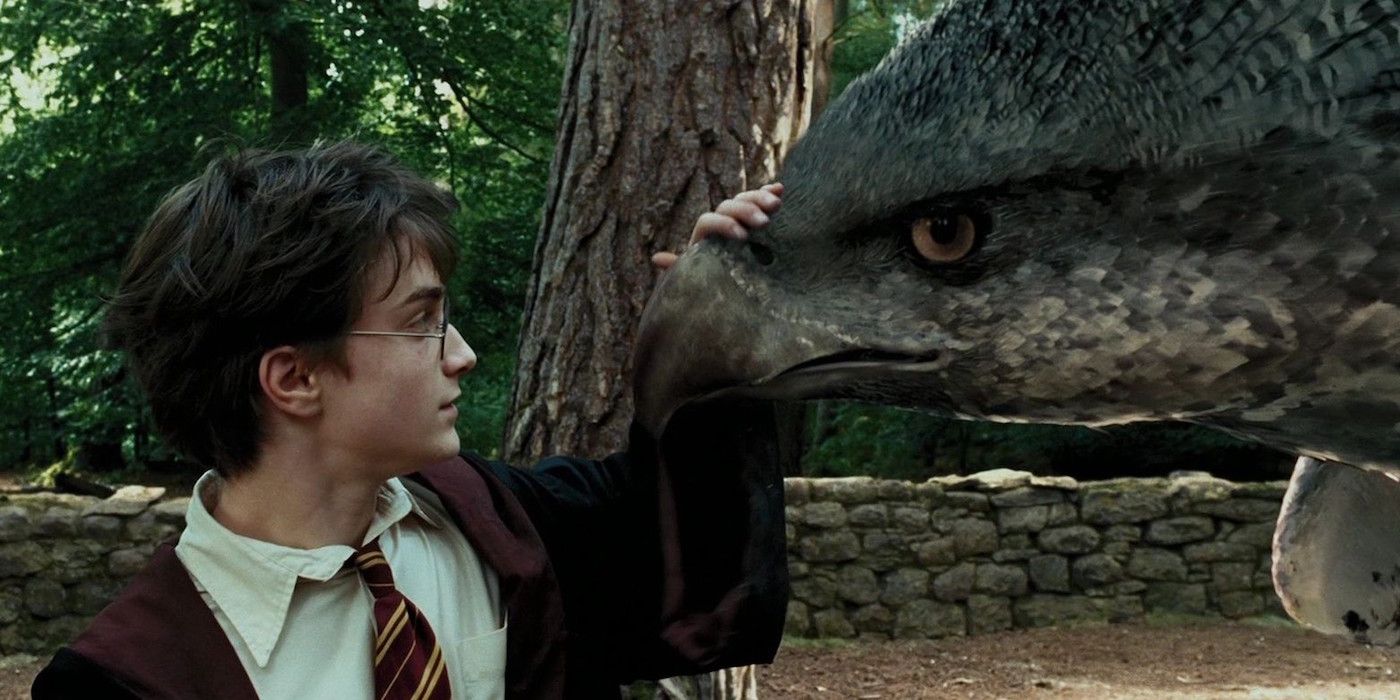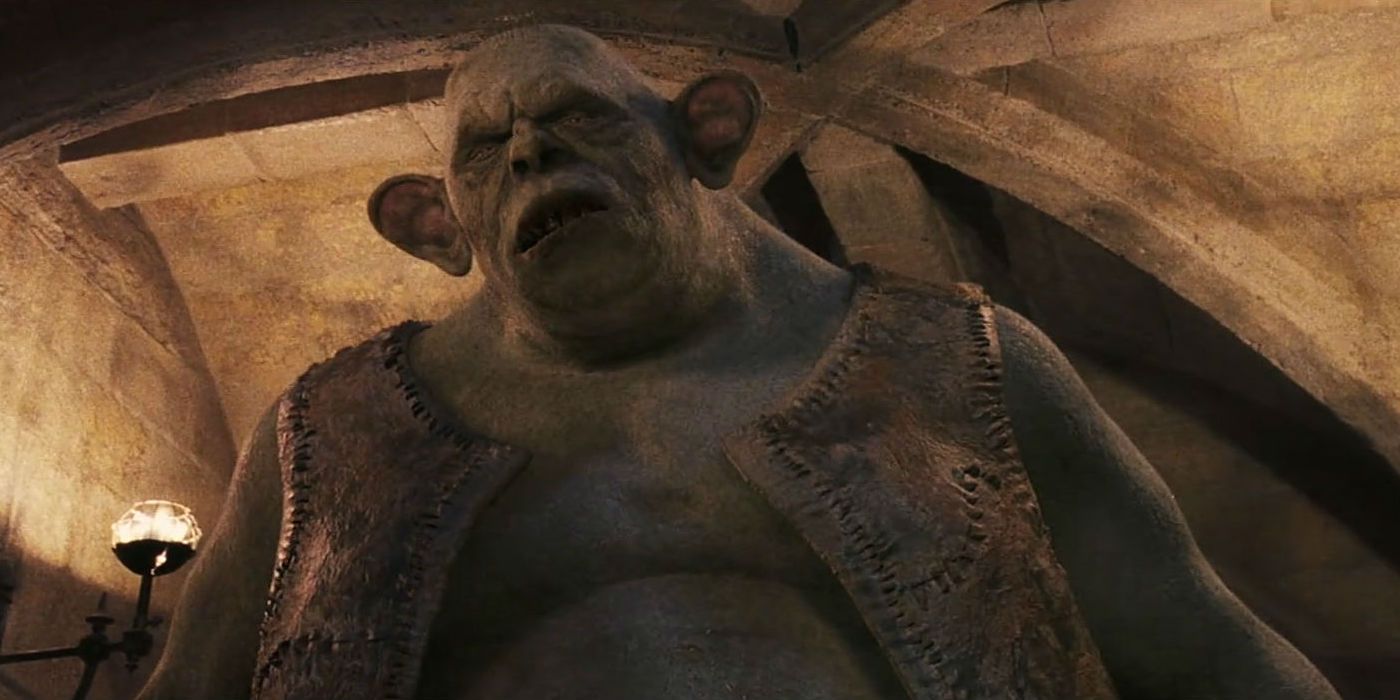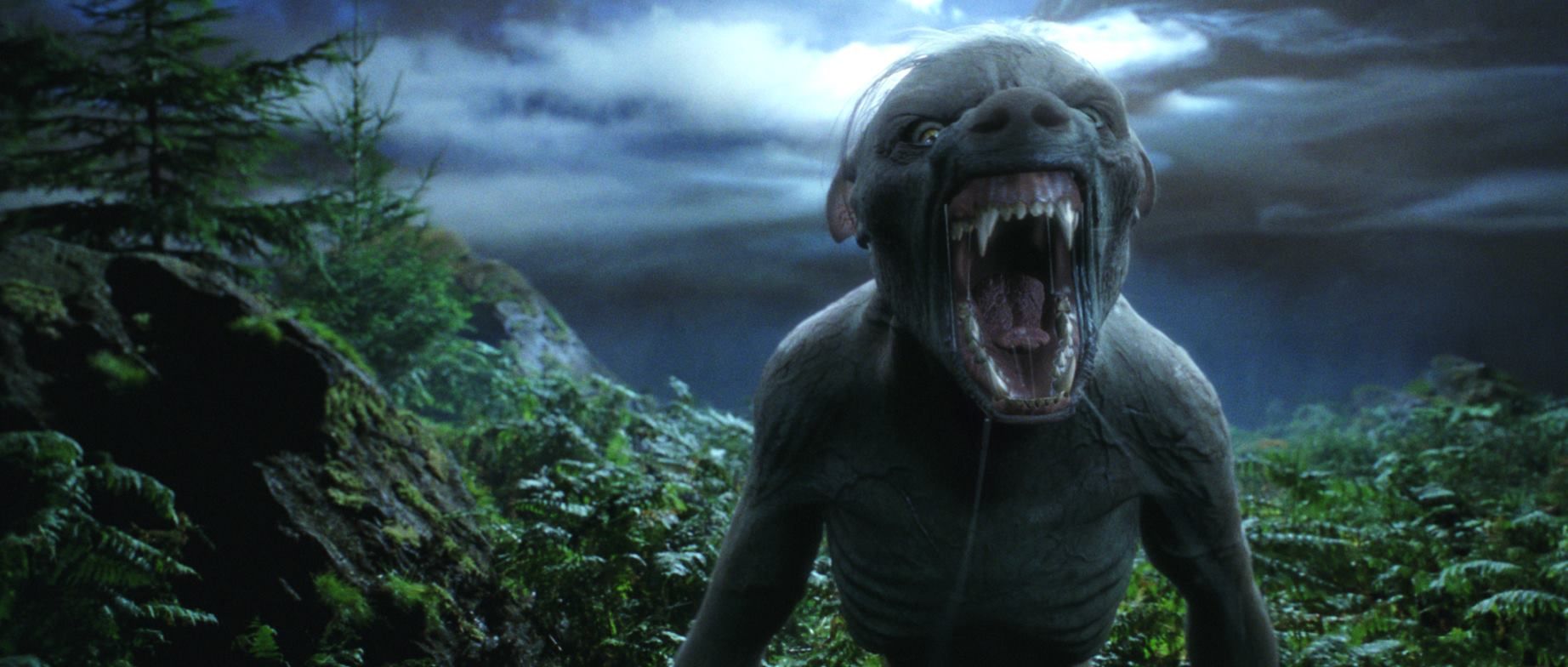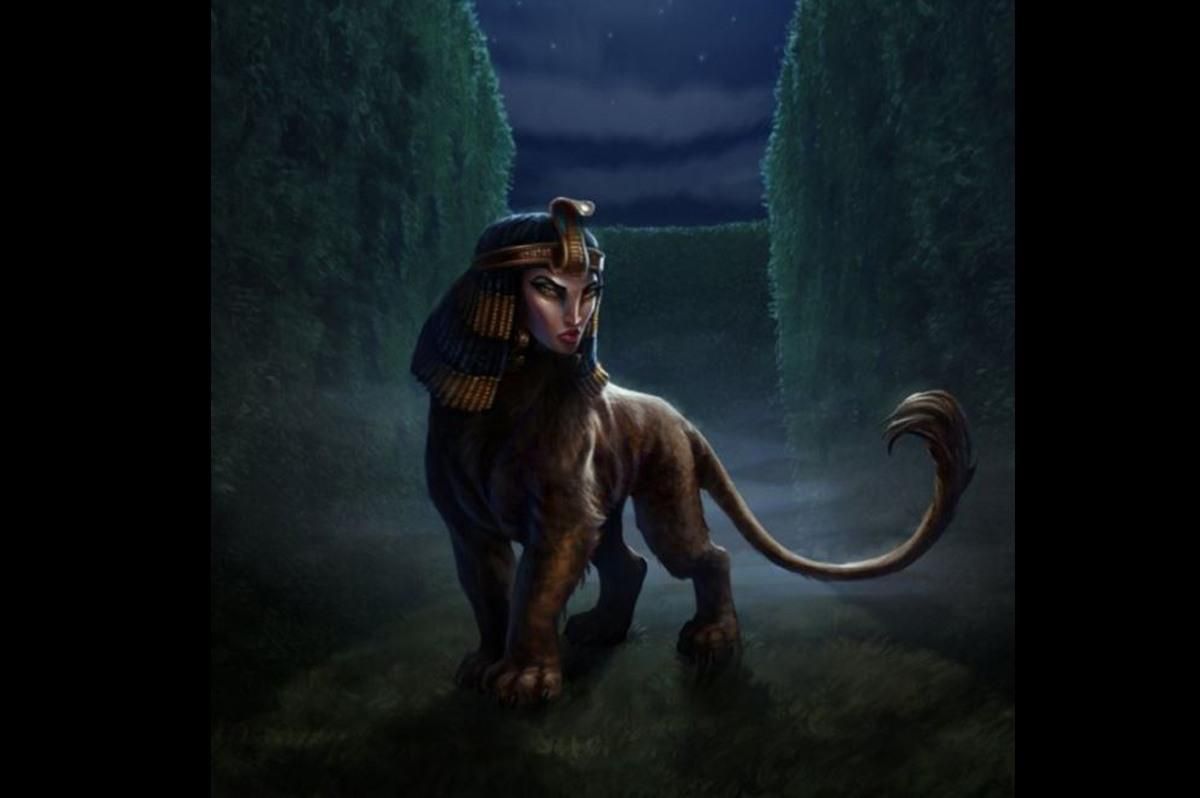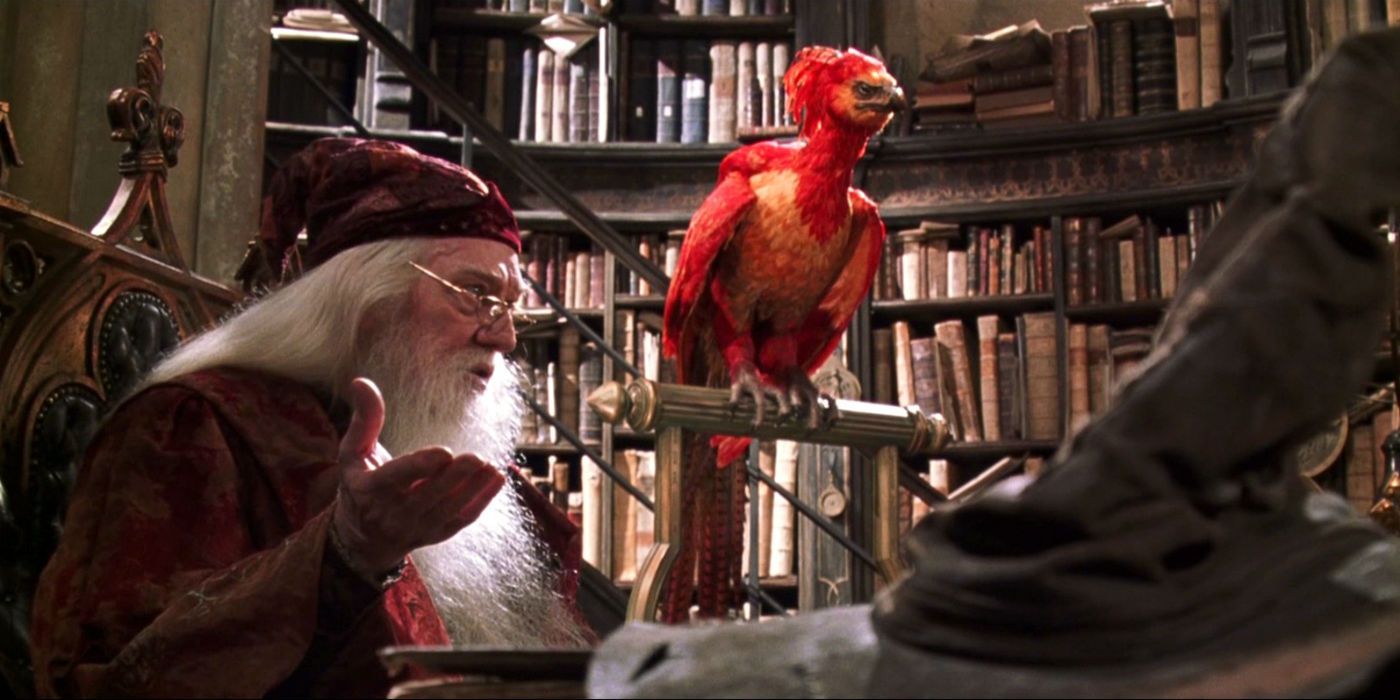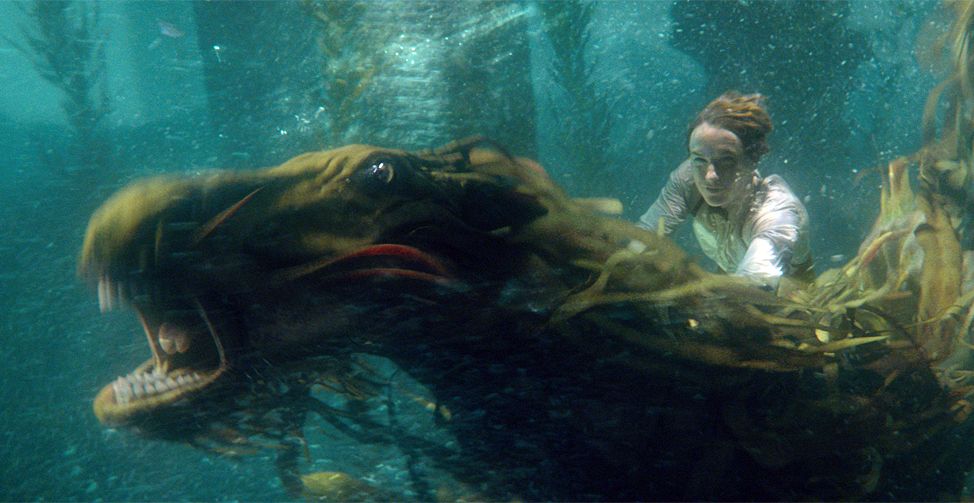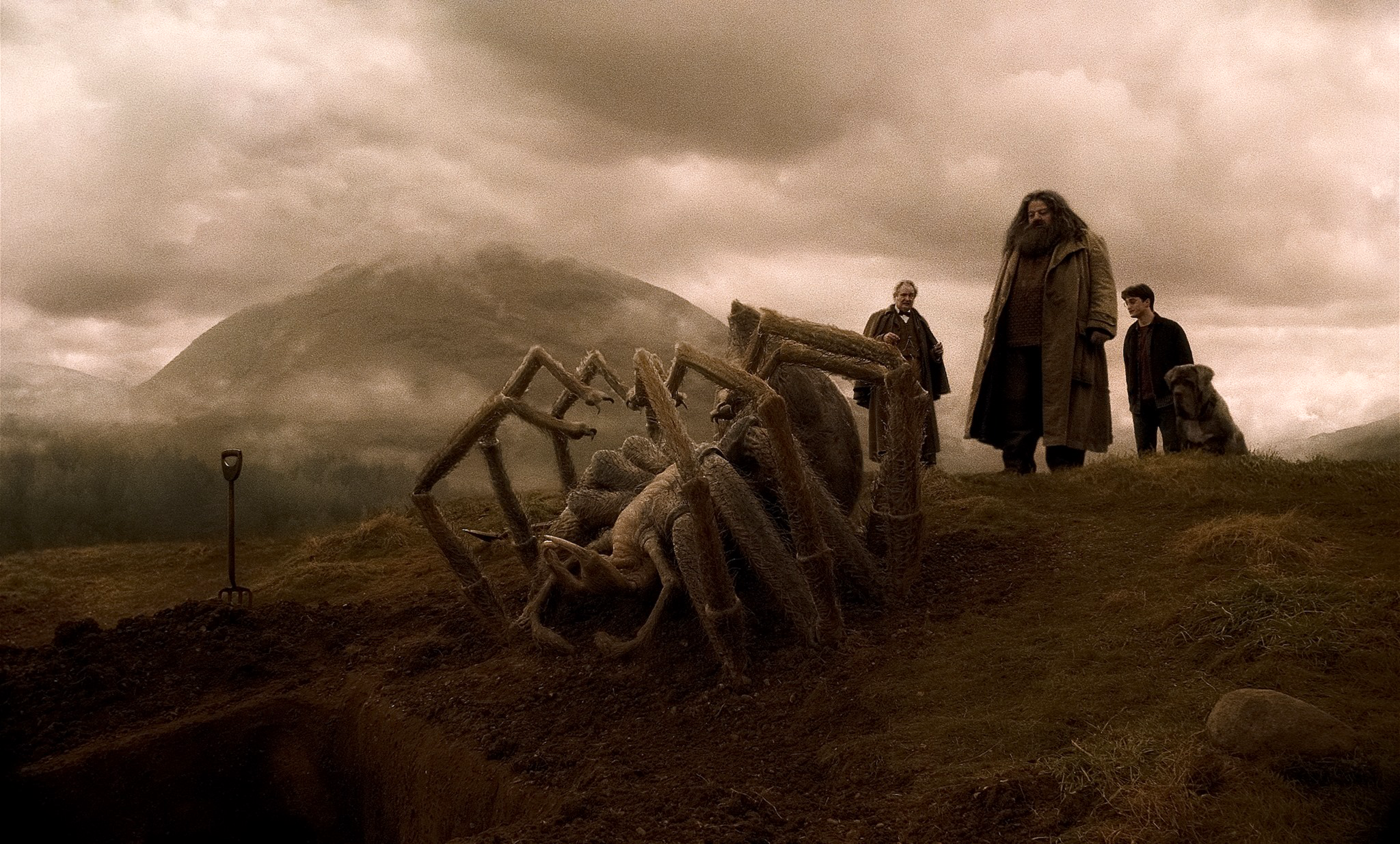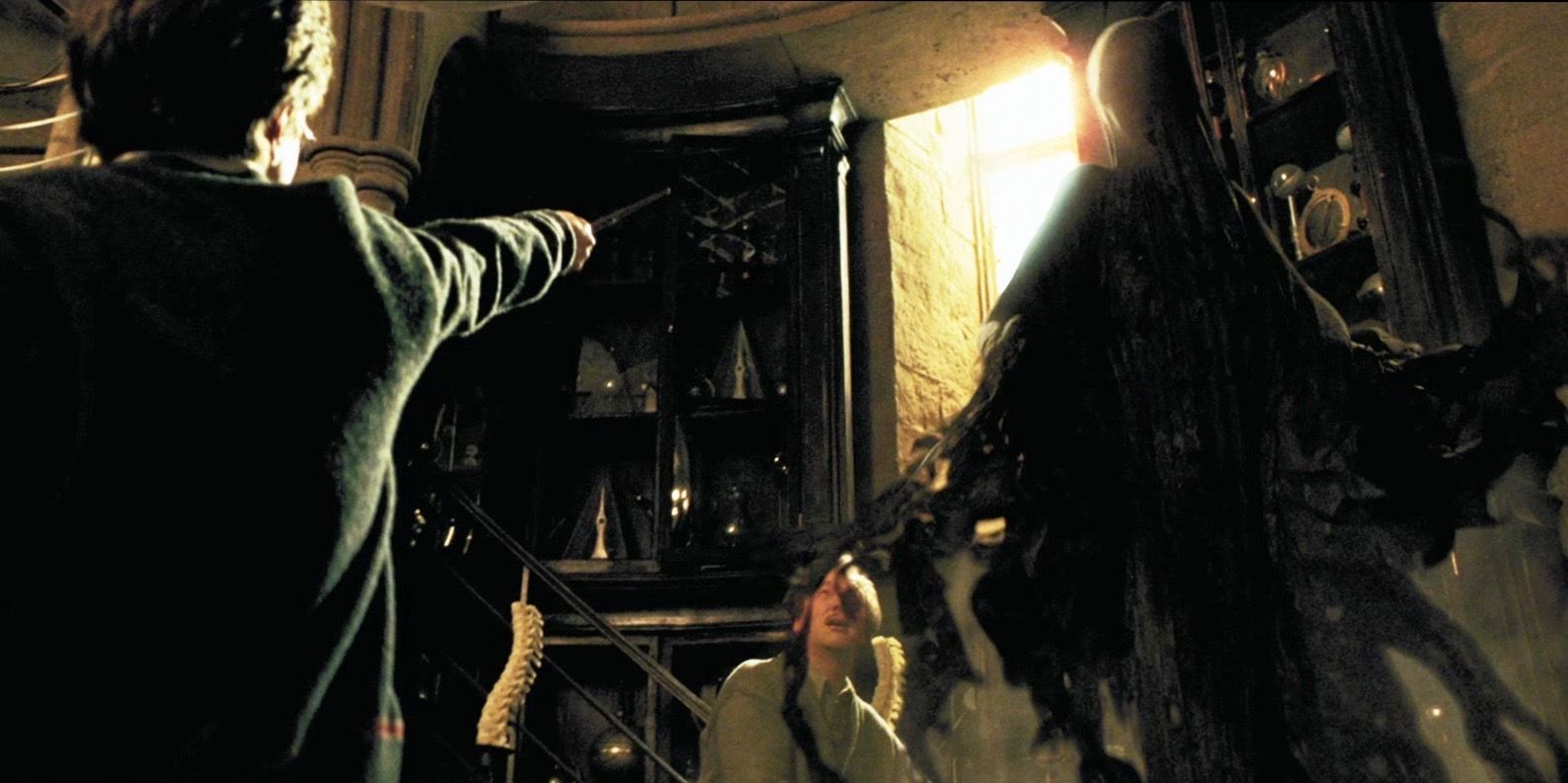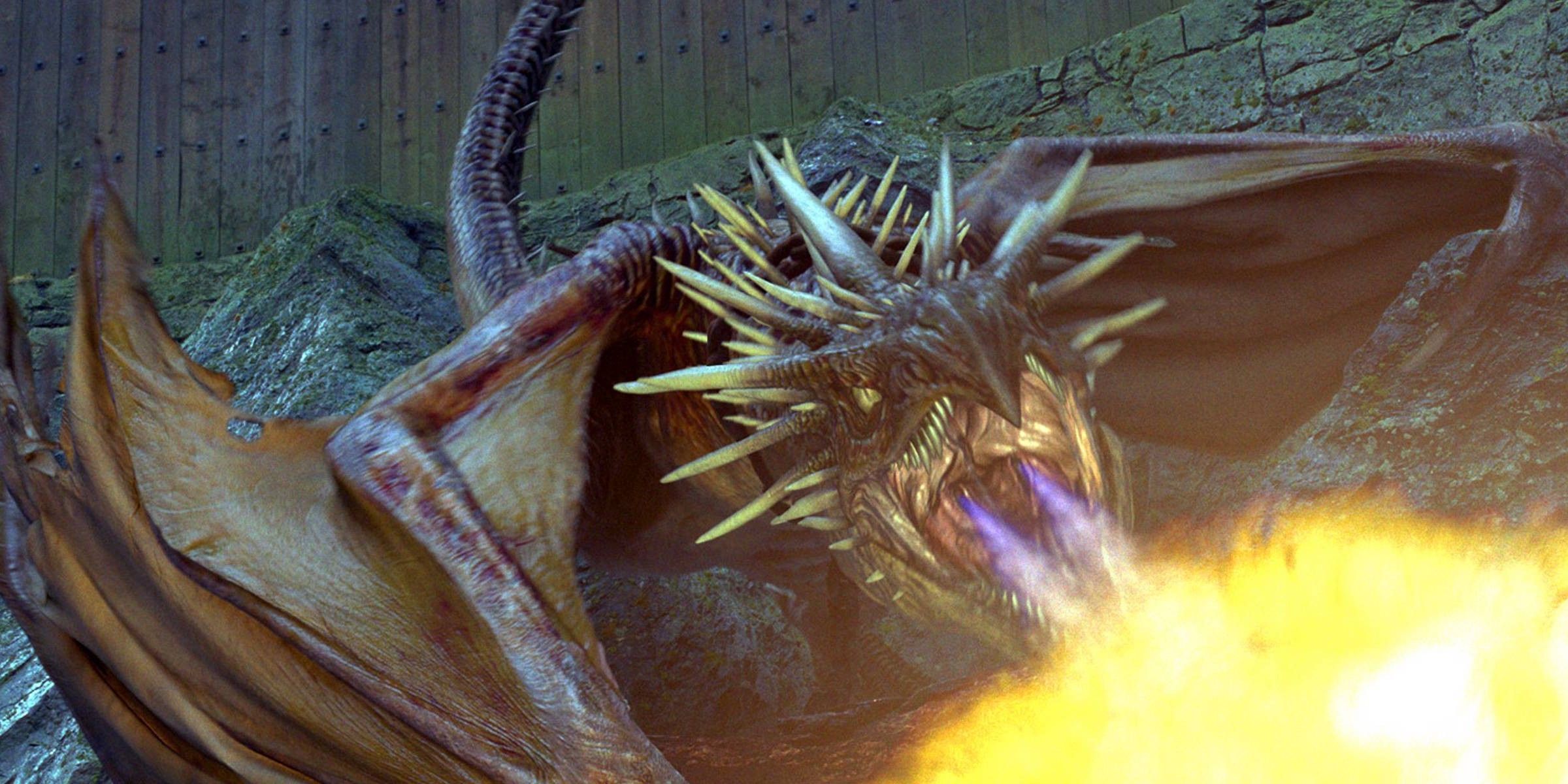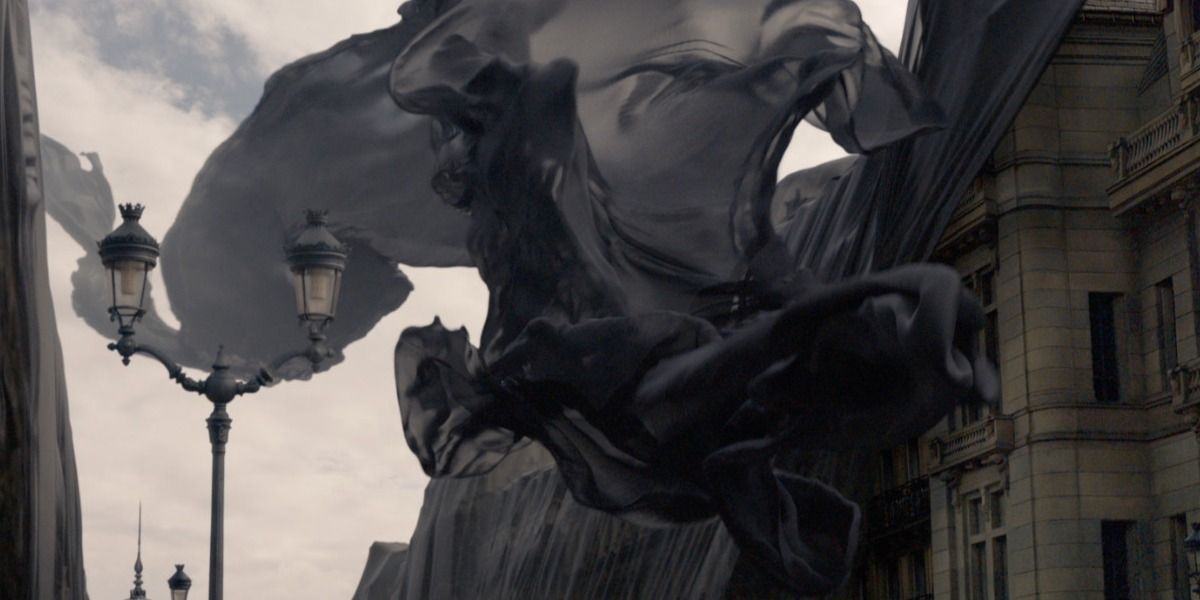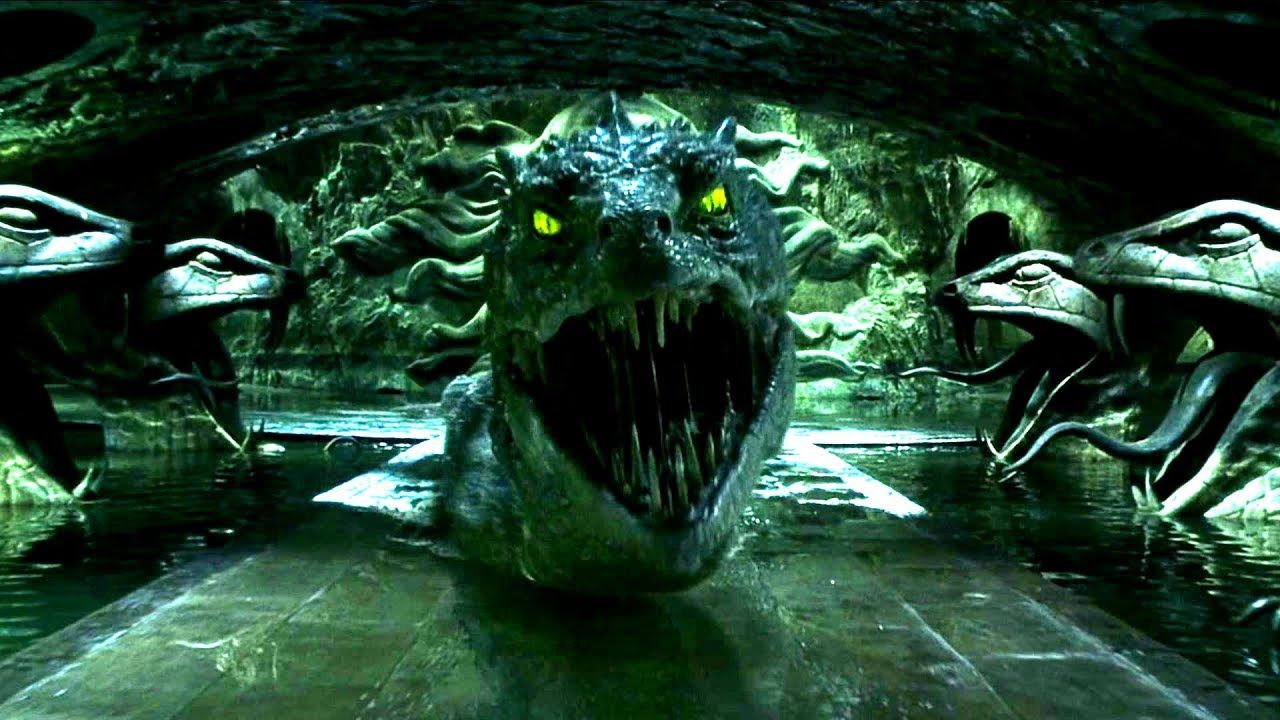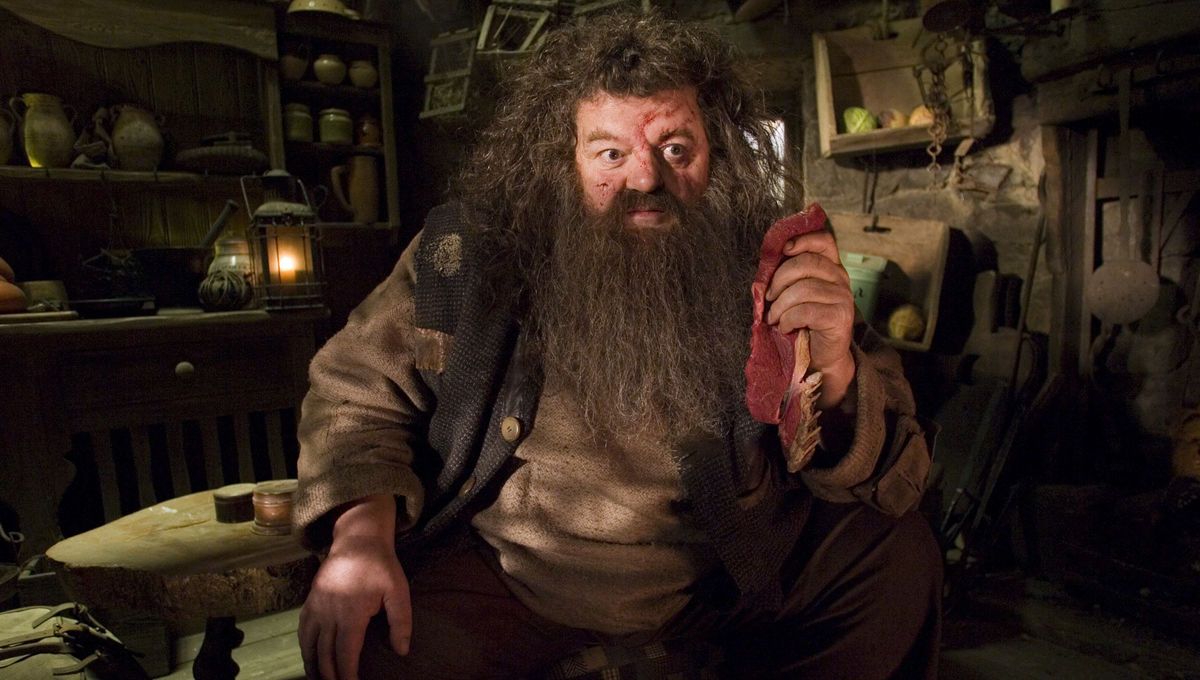Harry Potter is a franchise that needs no introduction. It’s the series that introduced a whole generation to reading (for pleasure, that is, not just because they were assigned material for that school year). The series that has captured the imagination of fans of all ages.
Yes, grown-ups might have preferred to pick up the editions with the darker, edgier, grown-up covers, but it’s still the same book inside. Like a good Nintendo console, the whole for all ages thing really does apply here.
There’s just something extraordinary about the world J.K. Rowling has created. It’s contemporary and relatable, yet steeped in the Medieval image of vast castles lit by flaming torches. It’s familiar, yet completely original and unique. Rowling blends fantasy tropes of wizards, dragons and trolls with the hurly-burly of normal (or rather, Muggle) life.
Harry meets several dragons along the way and writes on parchment with a quill, but he also sits on the subway in London, attracting some funny looks from fellow commuters (because the gigantic Hagrid is with him). These days, those commuters are just staring at their cell phones and wouldn’t notice if another passenger was on fire, but otherwise, that’s the intriguing juxtaposition of Harry Potter.
This is also seen in the great variety of different magical creatures Harry encounters. There are fantasy classics like dragons, trolls, and unicorns, but there is also all manner of fascinating beasts of Rowling’s own creation.
From the humble Flobberworm to the monstrous Lethifold, let’s take a look at some of the most powerful (and most pitifully weak) magical creatures featured in the series.
The Flobberworm
That’s right, friends. We’re kicking this party off the right way, with the most tedious, disgusting, and slimy-leaking creature in the franchise. If there’s a Harry Potter food chain, this thing’s right there at the bottom. Heck, even a passing House Elf could threaten these things into handing over their lunch money.
The Flobberworm is an entirely uninteresting brown worm, known only for two qualities: the slime it secretes from both ends (which can be useful in potion-making) and the fact that it can actually be pretty darn big. Flobberworms can grow to around ten inches long, which is… well, that’s quite a darn powerful worm.
Other than that, there’s absolutely nothing interesting to say about them whatsoever. Don’t worry, though. Once you hit Literal Flobberworm on the boring-o-meter, the only way is up.
The Gnome
Gnomes may not be too much of a step up from the Flobberworm, power-wise, but we’re taking things slowly here. Don’t worry, there are some huge, slathering dragons that will crush your sad, fleshly little body into hunks of defeated spam coming up later, we promise.
If you’re familiar with Harry Potter and the Chamber of Secrets, the second entry in the series, you’ll know that the Weasley family have a gnome infestation in the yard of their extremely magical home, The Burrow. The gnomes of this universe aren’t the cute little guys with fishing rods and white beards that we know, but potato-y looking little creatures with big heads.
The Weasleys expel them from their yard by spinning them over their heads (to make them dizzy) then throwing them over the wall; the idea being that they won’t be able to find their way back afterward. They’re harmless enough but can deliver a tough little bite if provoked.
The Niffler
That’s right, friends. You’ve seen one of these little guys in action in Fantastic Beasts and Where to Find Them, and you instantly fell for its adorable nature and wanted to adopt fifteen of them for yourself. Just about everybody who saw that movie did, so don’t worry about it. You’re not alone.
The thing is, though, Nifflers are more than just super-cute, mischievous little slices of adorable furriness. Their desire for anything and everything glittery can be bad, when coupled with their mole-like tendency to dig, dig, and dig some more.
If you introduce a pet Niffler to your home, you’re… well, not going to have a home for very much longer. These burrowing British beasts will wreck the place faster than a group of toddlers at a birthday party.
The Doxy
The Doxy is nicknamed the Biting Fairy, which probably tells you all you need to know about its malevolent intentions (and its tiny stature).
These teeny winged humanoid creatures are distinguished from fairies by their extra limbs, as well as the dark hair that covers its body. They may look about as threatening as a sleeping Flobberworm, but they boast a potent weapon: very sharp teeth that inject venom into the bitten victim.
Couple this with their tendency to lurk in dark, damp places and surprise those who come across them, and you’ve got a real menace on your hands here. In the novel Harry Potter and the Order of the Phoenix, the residents of Grimmauld Place come up against an infestation of Doxies, and it was a real battle.
The Bowtruckle
Some of you Potterheads may think that this is a little too high to rate the humble Bowtruckle. It’s still darn early in the rundown, but come on. These things are just stick insects, aren’t they?
Well, yes. That’s probably what most woodcutters thought, moments before their eyes were bouncing on the forest floor.
Bowtruckles are teeny little forest guardians, found in the woods of Britain, Scandinavia and elsewhere in Europe. If the tree they call home is threatened, they’ll set upon the ‘attacker’ and try to gouge at their eyes with their tiny-yet-vicious clawed hands.
They’re completely docile and painfully shy most of the time, yes, but you do not want to underestimate a Bowtruckle. Oh, heck no.
The House Elf
If Bowtruckles are constantly underestimated and their power levels snarked on, imagine how the poor old House Elves feel. Not only do they have to make huge, lavish feasts for the residents of Hogwarts (and have you seen the kinds of school meals they serve at this place? Holy heck), but Dobby was there unclogging the Malfoys’ toilets and all of that sort of thing.
It is not easy being a House Elf. Nevertheless, you’d better not doubt that these little guys and gals have some powerful magic of their own. Once Harry freed Dobby from the Malfoys’ control, the little elf effortlessly repelled Lucius Malfoy’s attack and sent him sprawling on the floor.
House Elves can apparate where witches and wizards cannot, and are even able to carry people with them. Dobby was a formidable fighter in his own way, there’s no doubt about that.
The Mandrake
In the next episode of "Magical Creatures That Look Pathetic But Will Utterly Ruin You And The Life That You Live If You Cross Them," we have the Mandrake.
Mandrakes have long been a part of folklore, an odd sort of plant-humanoid hybrid that may or may not (according to the particular story) possess a fatal cry or otherwise doom those who dig it up.
The magical Mandrake of the Harry Potter series also appears in Chamber of Secrets, being re-potted as part of a second-year Herbology lesson. These ones are seedlings, so do not have the fatal cry of mature Mandrakes, but would still knock the students unconscious for several hours if they heard it. Hence the earmuffs.
That’s a whole lot of power and a whole lot of unsettling, all wrapped up in a teensy package.
The Unicorn
Now we’re taking, friends. The Unicorn may not possess venomous bites, incredible strength, or sharp, furious little claws, but when it comes to powerfully magical creatures, this magnificent beast is right up there.
Folklore has attributed all kinds of qualities to Unicorns over the centuries, and the take on the animal that we see in Harry Potter borrows various elements from them. In Harry Potter and the Sorcerer’s Stone, the blood of the Unicorn is shown to have incredible powers, keeping the Voldemort/Quirrell head-thing alive but cursing him/it horribly into a bargain.
As with Centaurs, these legendary creatures are powerful in a completely different way. Fighters? Perhaps not, but they command great respect in the magical world. Leave them the heck alone and let them do their thing in peace, that’s the message here.
The Hippogriff
Another familiar (and brilliantly peculiar) creature from real-world folklore, the mythical Hippogriff is a creature which is half eagle and half horse.
In the world of Harry Potter, Hagrid manages to get his hands on one, names it Buckbeak, and attempts to tame it. In his defense, it’s not the most super-threatening of animals Hagrid has ever dealt with, and he does succeed in taming his beloved ‘Beaky’ to a certain extent.
Again, with Hippogriffs, it’s all about respect. Draco Malfoy was injured by Buckbeak because he wasn’t listening to Hagrid’s explanation of how to handle the beast. Sure, he totally deserved it, but it just goes to show: you won’t like Hippogriffs when they’re angry. They’re not as menacing as some of the creatures we’re about to meet, though, not by a long chalk.
The Troll
Next up, we’ve got one of the most popular fantasy tropes in the book. When you’re working in the fantasy genre and you need a big, brute-strength sort of beast that isn’t too big in the brain department, you call on the troll.
In the movie adaption of The Sorcerer’s Stone, the mountain troll that Hermione, Harry and Ron encounter looks totally silly. Heck, we don’t want to traumatize the children watching so early in the series, do we (save that for the Dementors in a couple of years)? Even so, it was a vast, hulking brute, and that club it’s holding would have instantly ended the entire film career of any of the trio.
Tradition dictates that they’re rather stupid, but darn strong and very aggressive. That’s not a great combination.
The Werewolf
Werewolves are tough creatures to rank, in terms of power level. There are so many darn factors to consider here. For one thing, Werewolves are regular old mortal, squishy humans the majority of the time, so some of that’s going to depend on the individual.
In Harry Potter, these sorts of matters are complicated further. Remus Lupin and Fenrir Greyback are very different sorts of Werewolf. Lupin is sickly, unwilling to transform, and a lot of that is reflected in his furry form in the movie.
Greyback, meanwhile, is half-beast most of the time, not even needing the full moon to hunt.
All of these complications aside, though, the fact remains that Werewolves are almost unique in actively hunting humans as their preferred prey, which is… well, we tend to frown upon that sort of thing.
The Sphinx
Generally, the Harry Potter movies did a great job of encapsulating the magic of the books (especially compared to some other franchises we could mention). Compromises inevitably had to be made, though, and one of the most unfortunate was the maze from the third task of the Triwizard Tournament. In the book, there were all kinds of fascinating creatures roaming the hedge maze, which would have been just great to see on screen.
There was a darn Sphinx in there, friends. Rowling’s take on the creature is again very similar to that of folklore, depicting a cunning, brilliant being with a human head on a lion’s body. Generally speaking, it’s dangerous only when the treasure it’s guarding is threatened, or when interlopers answer its riddles incorrectly.
The Phoenix
We all know the story of the mythological phoenix. While it’s not a physically-imposing or powerful creature, in terms of raw strength, this bird (whose size ranges from eagle-like to ostrich-like, depending on the account you’re reading) is able to become reborn in its own flames and begin life anew. Who wouldn’t want to be able to do that, when the grey hairs start showing?
Rowling’s take on the Phoenix is even more powerfully magical than the familiar beast of Greek and Roman legend. Dumbledore’s own Fawkes can carry immensely heavy loads, and its tears are able to heal almost any wound. It’s a tremendously intelligent creature, too, as it demonstrated during Harry’s battle with the basilisk in Chamber of Secrets.
Could Dumbledore have had a more beautifully symbolic pet?
The Kelpie
With Hogwarts castle being located up in the highlands of Scotland, it’s only right that we include a mythical beast of Scottish folklore in this rundown.
The kelpie is probably fresh in all fans’ memories, having stolen the show in a scene in the recent Fantastic Beasts: The Crimes of Grindelwald. In the series, it’s a malevolent water creature from Britain and Ireland, which takes many different forms but is most commonly seen as a horse.
Its party trick is deceiving people into riding it, then dashing into the water and consuming the rider below the surface. To defeat a kelpie, Rowling tells us, witches and wizards can put a saddle on its back using a placement charm, which will make it docile. As for us Muggles? Well… don’t ride mysterious horses with bulrushes for a mane. That’s probably best.
The Acromantula
Ah, yes. Here we go, friends. We’re definitely not kidding around anymore. The last crop of creatures in this list are formidable indeed. Firstly, we’ve got the one that was sure to be the worst nightmare of arachnophobes everywhere.
The Acromantula is, simply put, an enormous spider. The best-known specimen was Aragog, Hagrid’s beloved pet, which was once believed to be the monster that lived in the Chamber of Secrets (we’ll meet the real culprit in a couple of entries’ time).
Intelligent creatures capable of human speech, Acromantula are highly dangerous. Most importantly, though, we’re talking about spiders that reach legspans of fifteen feet. That’s a very firm, very definite and very final nope from us, right there.
Come on, Hagrid, what were you thinking here? Even the Blast-Ended Skrewts were more lovable.
The Dementor
So, yes. We’ve seen a lot of iconic creatures from mythology given a Harry Potter airing here. Trolls, unicorns, hippogriffs, sphinxes, werewolves… that’s all well and good, but we’ve got to pay homage to one of Rowling’s original creations, one of the most fearsome beings in the series: the dastardly dementor.
These hideous, cloaked beings have the power to extract all happiness and all resistance from their victims. They were famously employed (if ‘employed’ is the right word) as prison guards at Azkaban, a role they performed super well until they… you know, joined Voldemort and let all their charges escape. That’s the kind of thing that takes a point or two off your TripAdvisor review.
Nevertheless, we’ve all seen how frightening these creatures are and what they’re capable of. The Dementor’s Kiss (in which the creature consumes the victim’s very soul, leaving them empty but still alive) is one of the most horrifying concepts in the series.
The Hungarian Horntail
So, yes. We’ve established that Hagrid has no qualms with more exotic pets. If something like a lizard is going a little too far for you, don’t even stop by Hagrid’s place. In his time, he’s owned a dragon, a gigantic three-headed dog (which he named Fluffy), and all kinds of other abominations. How frightening does the Hungarian Horntail have to be, then, for the man himself to admit that it’s “a right [tough] piece of work?”
This dragon species hails from Hungary, of course, and is widely considered to be one of the most dangerous and aggressive dragons of all. It has a reptilian appearance, a foul demeanor, and far more spines and spikes than any creature really has any right to have. Dang.
The Lethifold
That’s right. A bit of a curveball, perhaps, the Lethifold is much more obscure than some of the other formidable beings this high on our list. Still, it’s believed to be related to the Dementor is some way and is every bit as imposing. Plus a dash extra. Fans in the know are fully aware of what a nightmarish creation this thing is. Remember when The Crimes of Grindelwald showed off promotional images of the above, and Lethifold-bells started going off?
The Lethifold is a rare creature that has only been sighted in the tropics. It resembles a dark, black cloak, and glides around in a similar fashion to dementors. It is most feared for its penchant for hunting humans, as well as its method of doing so: it silently glides into houses, suffocating sleeping victims and consuming them there and then, leaving nothing but an empty bed.
So, there it is. If you’re reading this shortly before going to bed, we’re very sorry. The good news is, in another similarity to dementors, the Patronus charm has proven very effective at repelling them.
The Basilisk
The Lethifold might be a little obscure, but even if you’ve just casually dabbled in the series, you probably recognize this great scaly menace.
That’s right. During the original incident, Aragog the Acromantula was believed to be the beast that lived within the Chamber of Secrets. As we discovered, though, it was actually a basilisk, a legendary serpent with incredible potent venom and a deadly glare.
In the movie, Ron states that the basilisk (or, rather, the skin it had recently shed) “must be 60 feet long… or more.” There’s a real discrepancy here (the book only claims that it’s “twenty feet long at least”), but still. Whichever way you slice it, this is more than enough darn snake to be getting on with. What a beast.
The Chimaera
Up here among the Basilisk, Hungarian Horntail, and other such mighty magical creatures, it was tough to pick a clear winner. We’re going to opt for the Chimaera, though, and if you ever came across one while taking a shortcut down a dark alley at night, you probably wouldn’t question that decision.
While creatures like the Hippogriff and Centaur are curious combinations of two different species’ characteristics, the Chimaera goes one better than that. It has the tail of a dragon, the body of a goat, and the head of a lion.
Later in Harry Potter: Hogwarts Mystery, the story goes that a Chimaera is loose in the grounds of the school, which is certainly a little unsettling considering the description of the creature in Fantastic Beasts and Where to Find Them:
"There is only one known instance of the successful slaying of a Chimaera and the unlucky wizard concerned fell to his [demise] from his winged horse shortly afterward, exhausted by his efforts."
Hagrid, that fan of monstrous beasts everywhere, once claimed that Chimaeras would be a good, interesting topic to learn about in school. Thankfully, he never had a chance to own one.

